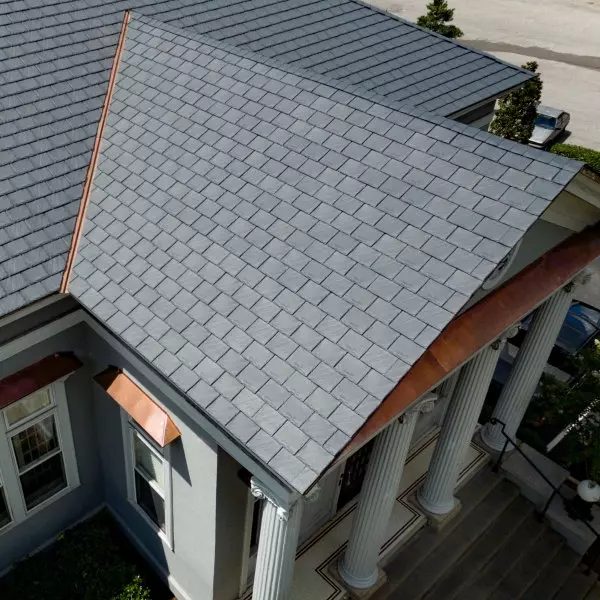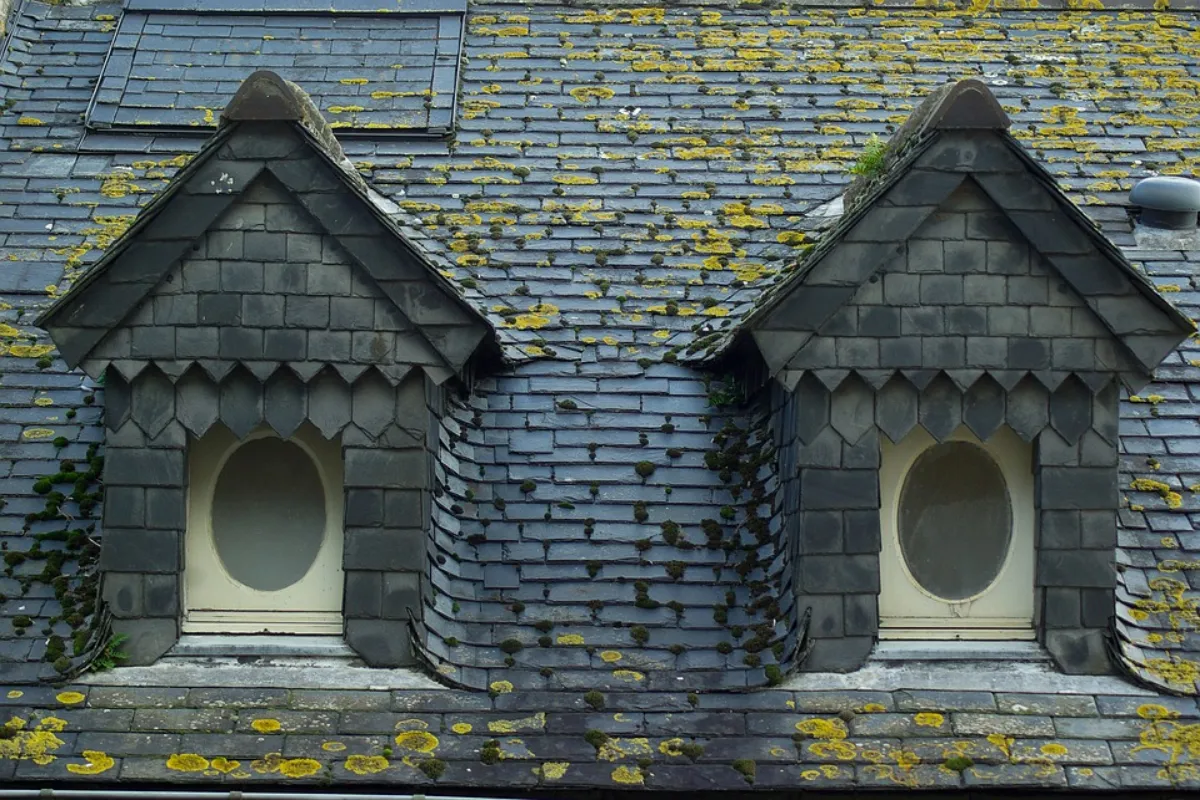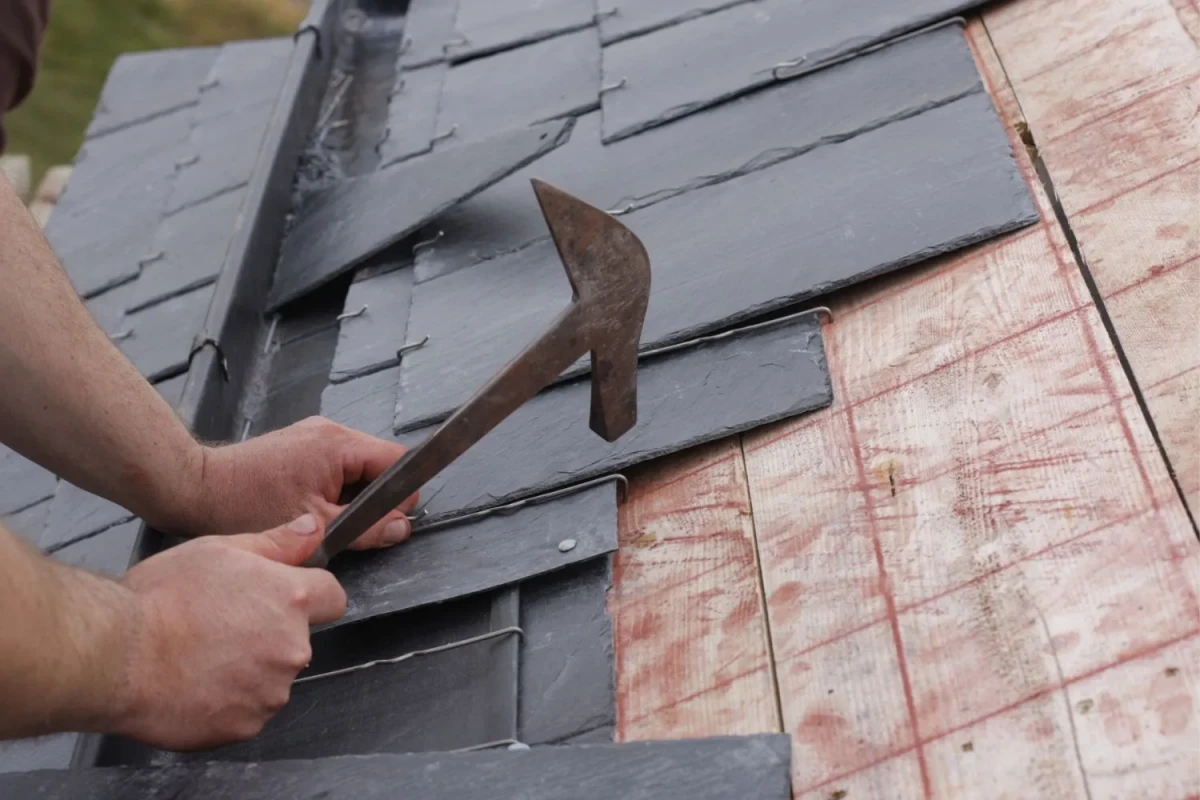Roof Buying Guide II: Choosing the Right Roof
If you’re considering buying a new roof, be prepared to choose from a myriad of possibilities, from familiar materials to materials you’ve never known. In this article, we’ll help you become more familiar with your options and the features you should consider when comparing one. We will then provide you with more detailed information on each roofing material.
roof cost
The cost of a new roof can range from relatively affordable to incredibly expensive. The main reason bituminous fiberglass (composite) shingles are by far the most popular roofing material is that they are the least expensive, both to buy and to install. For materials alone, asphalt shingles run about $125 per square (100 square feet). Shingles cost about $180 per square meter. Clay tiles run about $210 a square, steel roofs run about $500 a square; copper roofs can cost as much as $1,100 a square. Generally speaking, the labor cost is roughly equal to the material price. The complexity, height and steepness of the roof can affect labor costs.
Roof Life and Durability
If you plan on staying in the house for several years, be aware that the final cost of the material is a factor in its durability. For an inexpensive material like a composite roof, you might spend half the cost of a more expensive product. However, if the pricier product lasts more than twice as long, you won’t save money in the long run as you may have to replace the roof again in the future. Since installing a roof is an expensive and damaging job, it’s often worth paying more for materials that last longer—especially if you plan to stay in your home for more than 6 or 7 years.
Always check the warranty and find out what coverage is offered. Attention to detail, especially anything that might void the warranty.
Roof Installation Questions
Some materials, such as concrete tiles, require special roof structures and heavy equipment for loading. Home Tips
The weight of the roofing material is always an issue because the structural frame of the roof is only designed to carry a certain amount of weight. If your chosen material combined with the substructure will exceed that limit, you will need to strengthen the frame. Doing so definitely takes time, adds hassle and confusion, and adds cost. Tile, flagstone, and masonry materials are particularly heavy—some are 1,000 pounds per square meter—so if you’re considering one of these, be sure to check out the specs and roof construction.
Weight also affects installation. Lightweight materials are easier to load onto the roof and handle during installation. Some lightweight materials, such as asphalt shingles and composites, can often be installed directly on top of an existing roof.
Roof Fire Rating
The fire resistance of the roofing material and the sheathing beneath it is rated by Underwriters Laboratories (UL). Ratings range from A to C, with some materials, such as untreated shingles, not eligible for rating. An A rating indicates that the roofing material is most effective for severe exposure to fire. Class B roofs will not catch fire under moderate exposure. Class C roofs can only handle minor fires. In the event of a fire hazard to the environment, unrated materials should not be used.
The comparison of roofing materials can be found in another article of this website. If you want to know more about slate roof tiles, you are welcome to read other contents of this website.
2023-06-30





